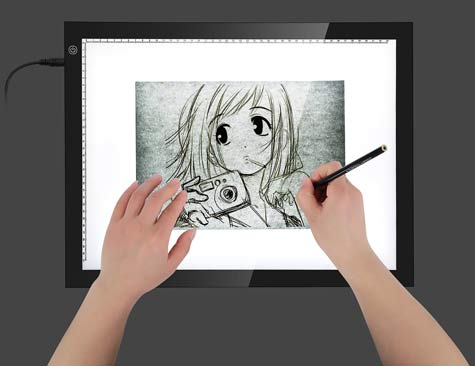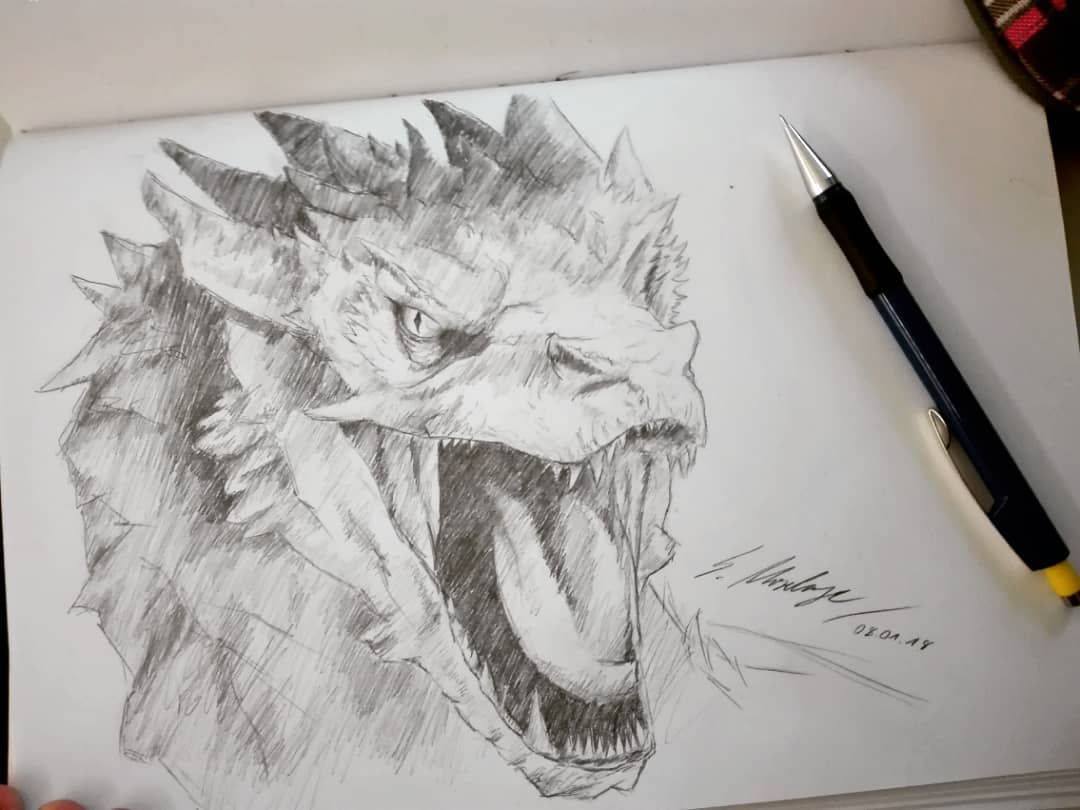How to draw landscapes with a pencil and digitally
Table of Contents
Table of Contents
If you’re an artist or a beginner who loves nature and wants to bring it to life on paper, then landscape drawing is a great skill to add to your repertoire. With just a pencil and paper, you can create stunning images that capture the beauty and essence of the natural world. But where do you start, and how do you get better?
As an aspiring landscape artist or beginner, you may be struggling with the basics of composition, perspective, color, and shading. These difficulties can make it difficult to create the images you see in your mind’s eye, or even to know what you want to draw in the first place.
The key to successful landscape drawing is to start with a clear picture of what you want to create. This might be a real-life scene, an image in your mind, or a combination of both. Next, you’ll need to understand the essentials of composition, perspective, color, and shading. These elements form the foundation of any good landscape drawing, and mastering them is essential if you want to progress as an artist.
In this post, we’ll take a deep dive into landscape drawing and explore what it takes to be successful. We’ll cover everything from the basics of composition and perspective to the finer points of color and shading, and we’ll provide examples and tips along the way.
The Target of Landscape How to Draw
The target of landscape drawing is to capture the beauty and essence of nature on paper, using the tools and techniques of drawing. This art form is all about creating realistic and detailed images of landscapes, seascapes, and other natural settings, while also exploring the creative possibilities of composition, color, and shading.
As an artist, your goal is to create drawings that evoke a sense of awe and wonder, that transport viewers to another place and time, and that capture the essence and beauty of the natural world. Whether you’re working in pencil or paint, on canvas or paper, landscape drawing is a rich and rewarding art form that can help you connect more deeply with the world around you.
The Joy of Landscape Drawing
For me, landscape drawing is a chance to slow down, connect with nature, and explore my creativity. I love the way that landscapes offer endless opportunities for interpretation and expression, and how the challenge of capturing the essence of nature on paper pushes me to develop my skills as an artist.
Whether I’m working on a simple sketch of a tree or a more detailed study of a mountain range, I always find a sense of joy and satisfaction in creating something that speaks to me and that I hope will speak to others as well.
Landscape Drawing Techniques
To create stunning landscape drawings, you’ll need to master a range of techniques, including composition, perspective, color, and shading. Here are some tips to get you started:
Composition
Composition is the art of arranging elements within a drawing. It involves deciding on the placement and size of objects within the frame, as well as the overall balance and harmony of the image. When creating a landscape drawing, it’s important to consider the rule of thirds, which involves dividing the image into thirds both horizontally and vertically and placing important elements at the intersection points. This creates a more visually pleasing image that draws the viewer’s eye into the composition.
Perspective
Perspective is the art of creating the illusion of depth and space within a two-dimensional image. When it comes to landscape drawing, understanding perspective is essential to create realistic and believable scenes. It involves using techniques such as vanishing points, horizon lines, and foreshortening to create the illusion of distance and space within the composition.
Color
Color is an essential element of landscape drawing, and it can be used to capture the mood, atmosphere, and character of a scene. When choosing colors for your landscape drawing, think about the time of day and the weather conditions you want to depict, as well as the emotions you want to evoke in the viewer.
Shading
Shading is the art of creating depth and contrast within a drawing by using different tones and values. When it comes to landscape drawing, shading is essential to create the illusion of light and shadow, as well as to add depth and texture to the image. By using different pressure and stroke techniques with the pencil, you can create a range of shading effects that add depth and realism to your landscape drawings.
Question and Answer
Q: What materials do I need to start landscape drawing?
A: All you need to start landscape drawing is a pencil, paper, and an imagination. You can also use other tools such as charcoal, ink, watercolor, and pastels to add more depth and dimension to your image.
Q: How do I choose the right composition for my landscape drawing?
A: When choosing a composition for your landscape drawing, think about the focal point, the balance of elements, and the mood or atmosphere you want to create. You can also experiment with different compositions by sketching some thumbnail thumbnails beforehand.
Q: How do I create the illusion of depth and space in my landscape drawing?
A: To create the illusion of depth and space, you can use techniques such as overlapping, size variation, atmospheric perspective, and linear perspective. These techniques can help you create a more realistic and believable landscape drawing that captures the essence of the natural world.
Q: How do I choose the right colors for my landscape drawing?
A: When choosing colors for your landscape drawing, think about the mood, atmosphere, and character of the scene you want to depict. You can also experiment with different color schemes, such as complementary or analogous colors, to add interest and depth to your image.
Conclusion of Landscape How to Draw
Landscape drawing is a rich and rewarding art form that offers endless creative possibilities. By understanding the basics of composition, perspective, color, and shading, you can create stunning images that capture the beauty and essence of the natural world. Whether you’re an aspiring artist or a beginner, landscape drawing is a great skill to develop that can help you connect more deeply with the world around you.
Gallery
Coloringpagez.com

Photo Credit by: bing.com / pencil landscape drawings color colored sketches coloring
How To Draw A Realistic Landscape, Draw Realistic Mountains, Step By

Photo Credit by: bing.com / draw mountains realistic landscape landscapes drawing mountain pencil step drawings animals landmarks finalprodigy tutorial places december added pm
Simple Landscape Drawing At PaintingValley.com | Explore Collection Of
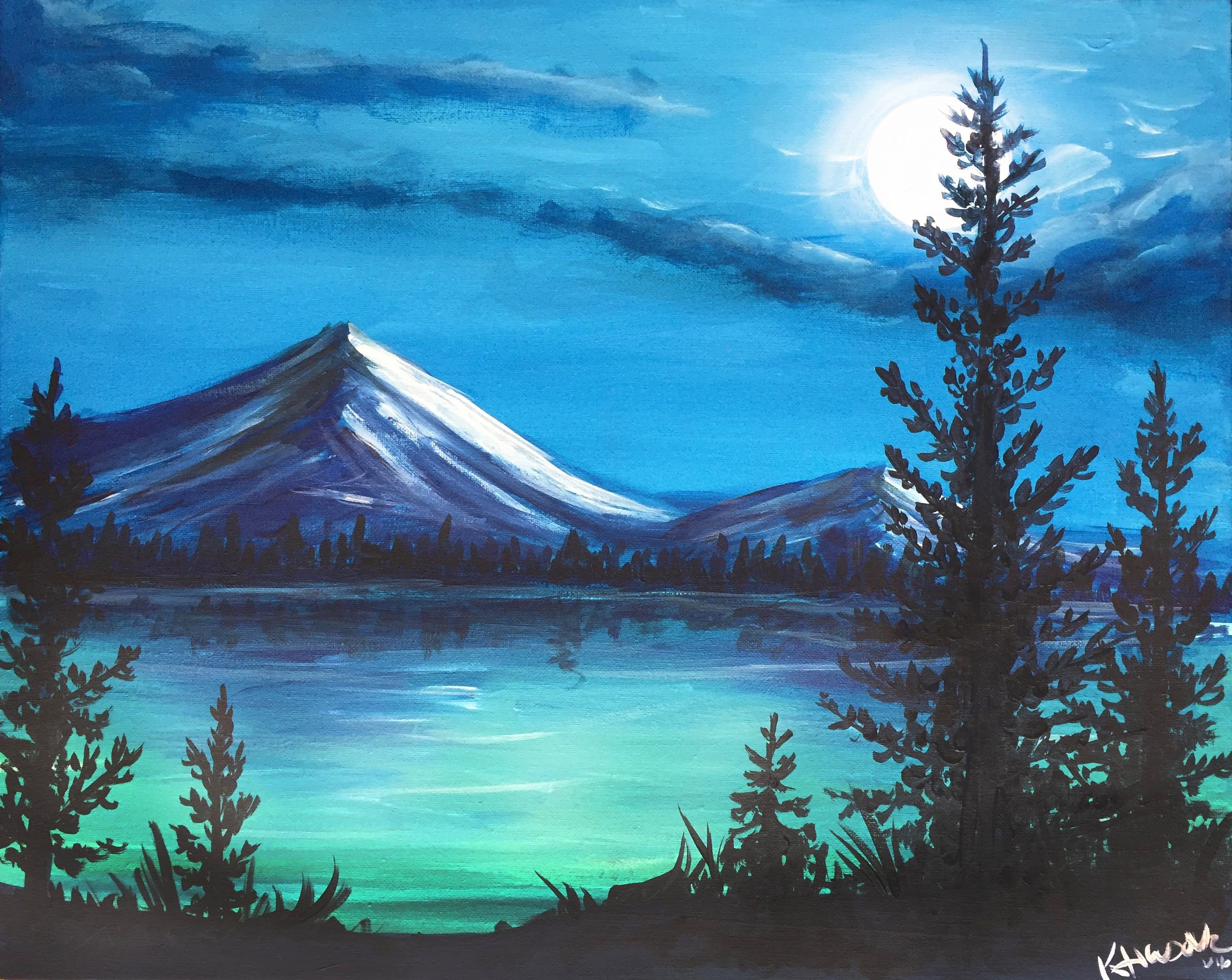
Photo Credit by: bing.com / landscape simple painting drawing easy mountain paint paintings acrylic drawings canvas beautiful sip nite paintnite lake party events night nature
17 Tips For Drawing Landscape Vistas – Improve Drawing
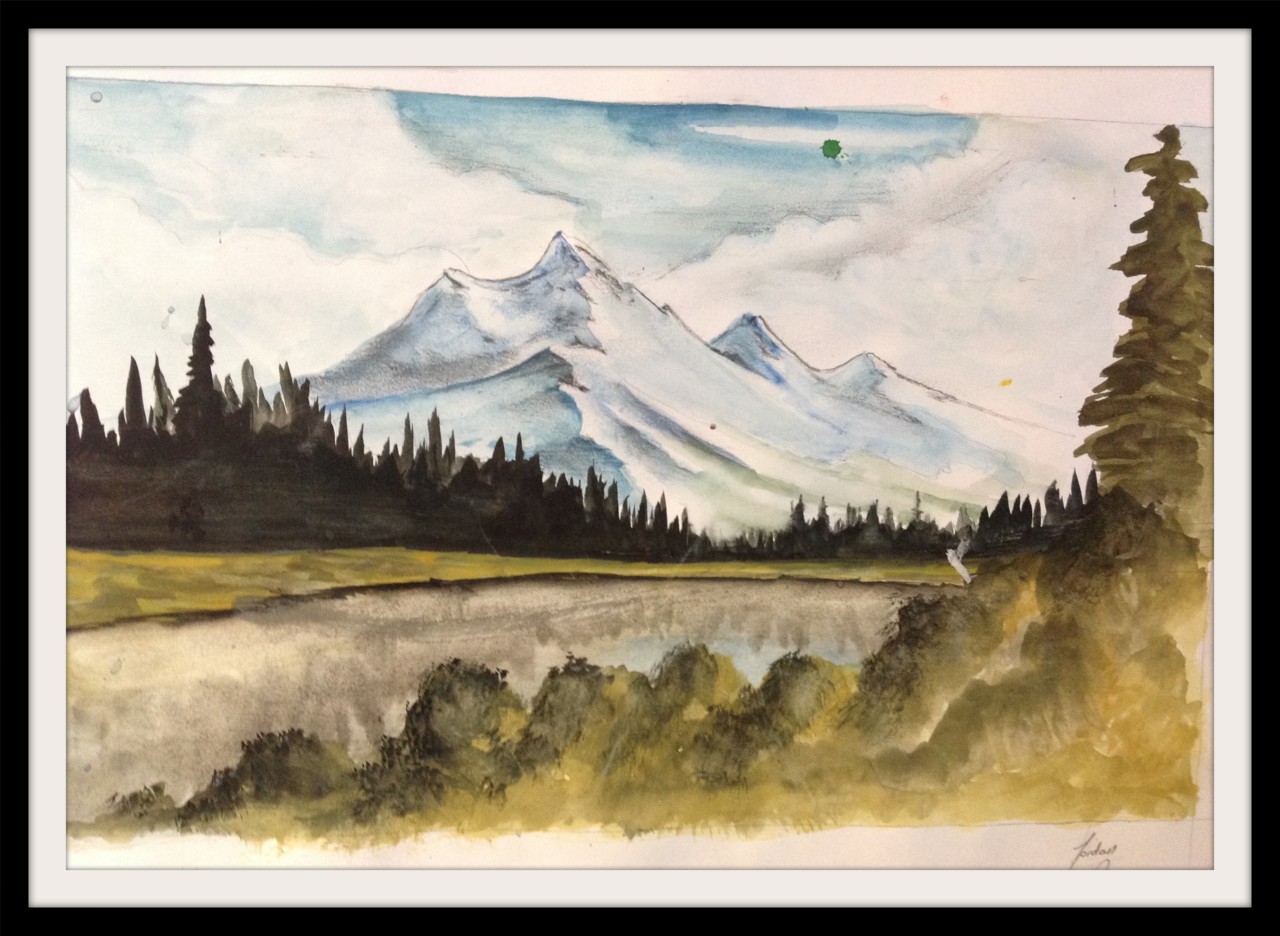
Photo Credit by: bing.com / landscape drawing tips mountain draw landscapes drawings vistas inspiration improve hills pencil
How To Draw Landscapes With A Pencil And Digitally
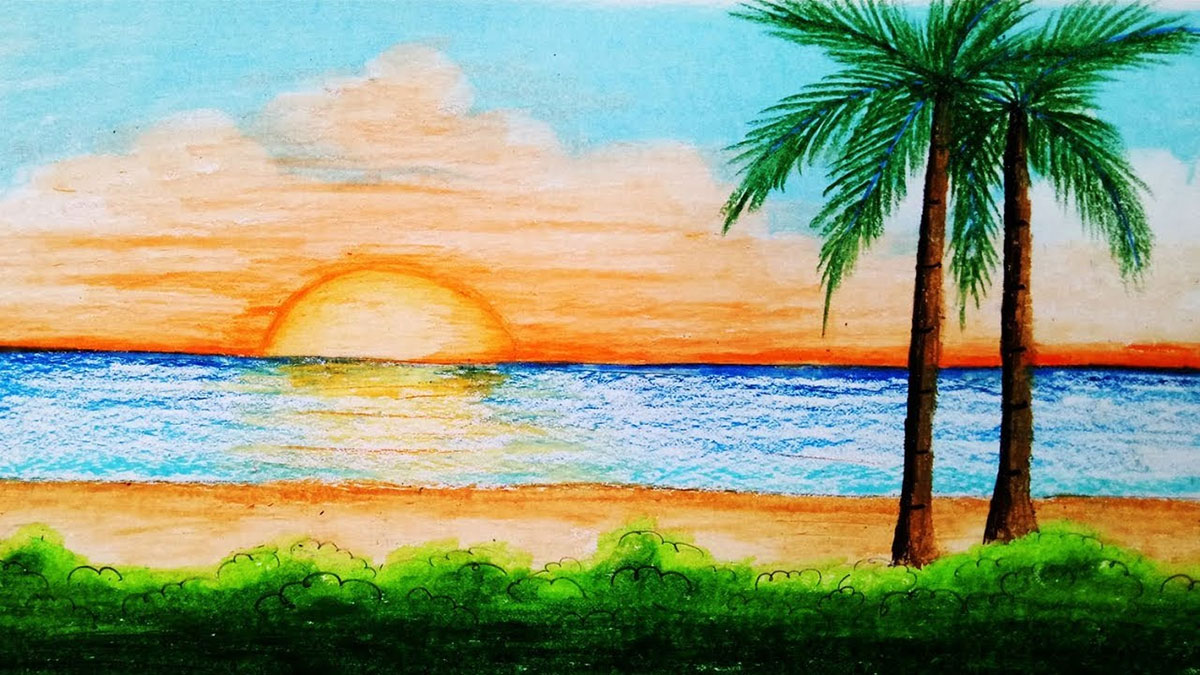
Photo Credit by: bing.com / digitally


